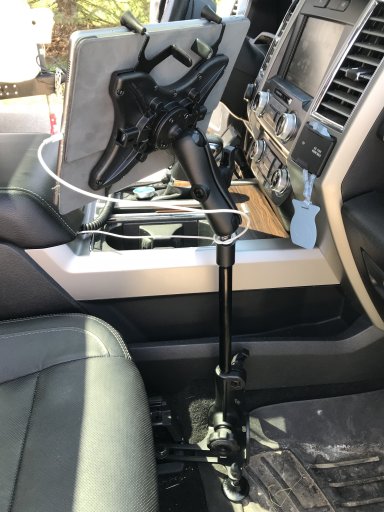In short, policy reforms following 2005's Hurricane Katrina disaster, starting with the Post-Katrina Emergency Management Reform Act of 2006, paved the way for increased response efficacy across the spectrum of disasters (Abbasi, Shooshtari, & Tofighi, 2017b; Bullock, Haddow, Capolla, 2014a; Harrald, 2012e). Among the most significant shifts has been the reintegration of volunteer and other non-governmental elements into response plans, allowing for significantly greater surge capacities that enable states and municipalities to respond to emergencies and disasters with vigor beyond what can be affected at the federal level (Barbisch & Koenig, 2006; FEMA, 2017d; Harrald, 2012e). For example, Team Rubicon, a non-profit group that is but one of over 50 formalized National Volunteer Organizations Active in Disaster, was able to send dozens of individuals to support the response efforts in Houston within days after Hurricane Harvey struck (Glenn, 2017e). Within 24 hours after the rains ended, these volunteer floodwater rescue teams had already recovered 39 survivors, and within a week they had cleared multiple neighborhoods and rescued dozens more citizens (2017e). Not only did these actions expedite meeting victims' disaster needs without direct expenditure of precious state and federal disaster management dollars, but helped reserve high-priority government search and rescue assets for the most dire circumstances (2017e).





































